Candy CDJ642KTT Bruksanvisning
Läs gratis den bruksanvisning för Candy CDJ642KTT (208 sidor) i kategorin Ugn. Guiden har ansetts hjälpsam av 19 personer och har ett genomsnittsbetyg på 4.7 stjärnor baserat på 10 recensioner. Har du en fråga om Candy CDJ642KTT eller vill du ställa frågor till andra användare av produkten? Ställ en fråga
Sida 1/208

Instruction Manual For Induction Hob
ENGLISH
Manuale di istruzioni per piano cottura a induzione ITALIAN
Bedienungsanleitung für Induktionskochfeld DEUTSCH
MODEL: CDJ642KTT
Thank you for purchasing the CANDY induction hob. Please read this instruction manual
carefully before using the hob and keep it in a safe place for future reference.
Gebruiksaanwijzing voor inductiekookplaat
NEDERLANDS
Manuel d’utilisation de la table de cuisson à induction FRANÇAIS
Manual de instrucciones de la placa de inducción ESPAÑOL
Manual de instruções para placa de indução
PORTUGUÊS
Produktspecifikationer
| Varumärke: | Candy |
| Kategori: | Ugn |
| Modell: | CDJ642KTT |
| Färg på produkten: | Zwart |
| Vikt: | 150 g |
| Bredd: | 35 mm |
| Djup: | 182 mm |
| Sladdlängd: | 2.13 m |
| Snäll: | Draagbare streepjescodelezer |
| Husmaterial: | Acrylonitrielbutadieenstyreen (ABS) |
| LED-indikatorer: | Stroom |
| Anslutningsteknik: | Bedraad |
| Typ av strömkälla: | USB |
| Varningssignal: | Ja |
| Strömförbrukning (i standby): | 55 W |
| Bildsensortyp: | Lineair |
| Förvaringstemperatur: | -20 - 70 °C |
| Streckkoder som stöds (1D): | Discrete 2 of 5, Codabar, Code 11, Code 128, Code 39, Code 93, Interleaved 2 of 5 |
| Standardgränssnitt: | USB, RS-232 |
| Typ av skanner: | 2D |
| Relativ luftfuktighet i drift (VV): | 20 - 95 procent |
| Ljusnivåer (direkt solljus): | 0 - 20000 Lux |
| Läshastighet (max): | 100 lezingen/s |
| Arbetsavstånd: | 50 mm |
| Maximal skanningsbredd: | 80 mm |
| Scannerupplösning: | 0.127 mm |
Behöver du hjälp?
Om du behöver hjälp med Candy CDJ642KTT ställ en fråga nedan och andra användare kommer att svara dig
Ugn Candy Manualer
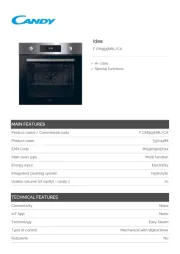
4 Augusti 2025
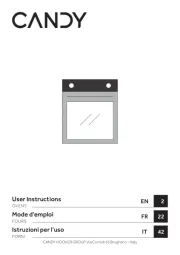
3 Augusti 2025
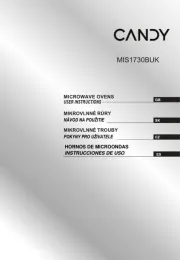
4 Juli 2025
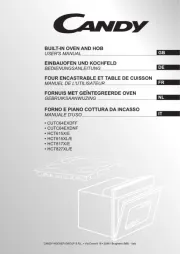
9 Juni 2025
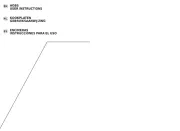
9 Juni 2025
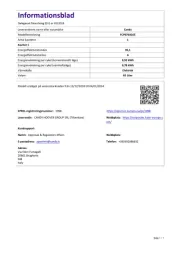
9 Juni 2025
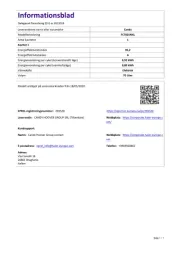
9 Juni 2025
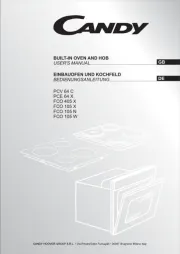
9 Juni 2025
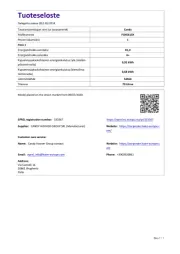
9 Juni 2025
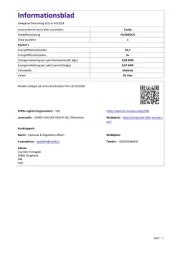
9 Juni 2025
Ugn Manualer
- Barbecook
- BSK
- Ninja
- Sauter
- Finlux
- Therma
- Triomph
- Iberna
- Equator
- Lacanche
- Micromaxx
- Smeg
- New Pol
- Wolkenstein
- Gourmetmaxx
Nyaste Ugn Manualer

21 Oktober 2025
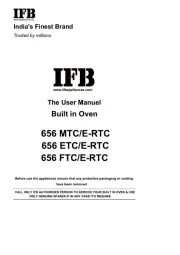
20 Oktober 2025
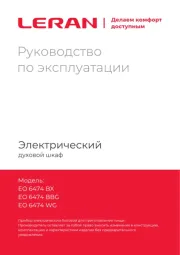
20 Oktober 2025

20 Oktober 2025
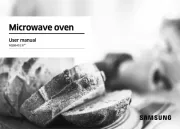
19 Oktober 2025
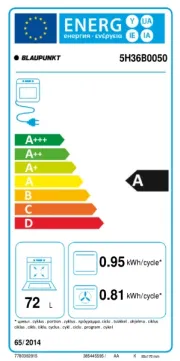
19 Oktober 2025

18 Oktober 2025
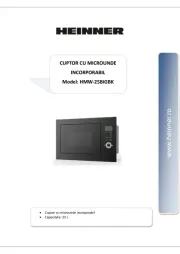
18 Oktober 2025
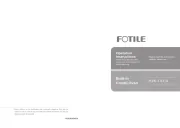
18 Oktober 2025
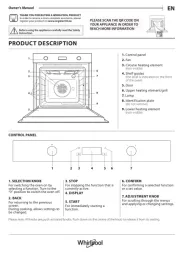
17 Oktober 2025